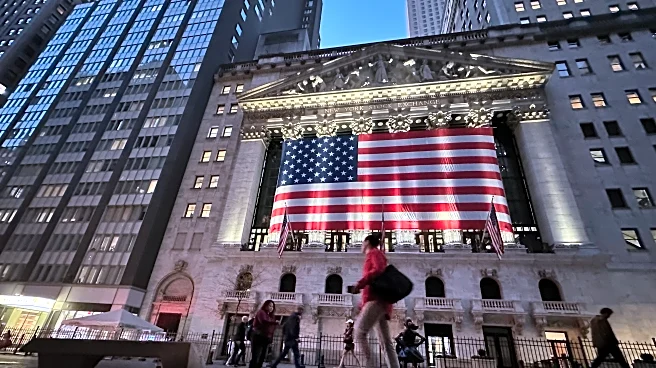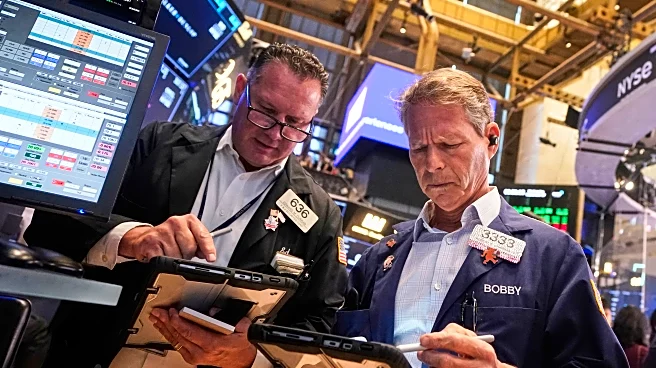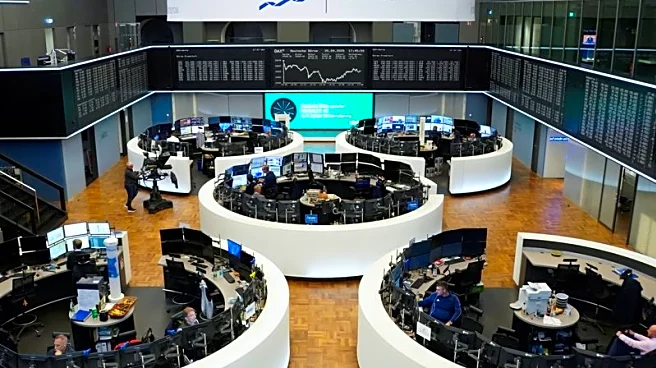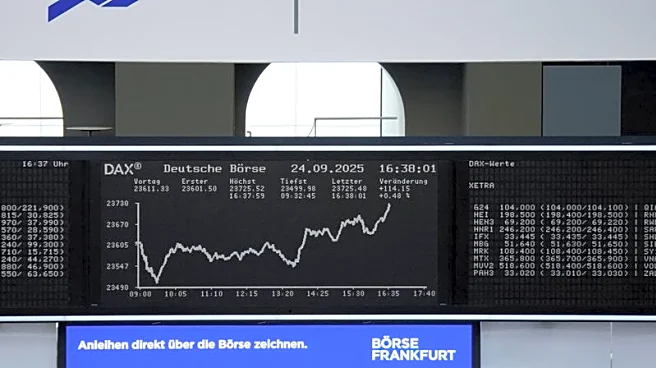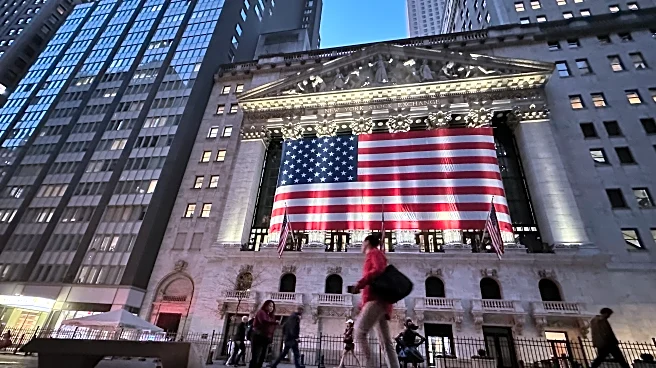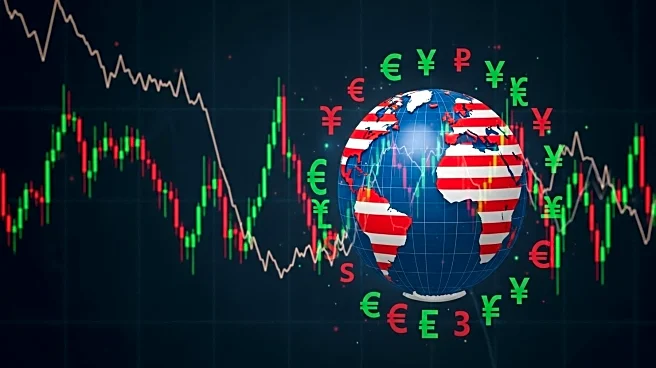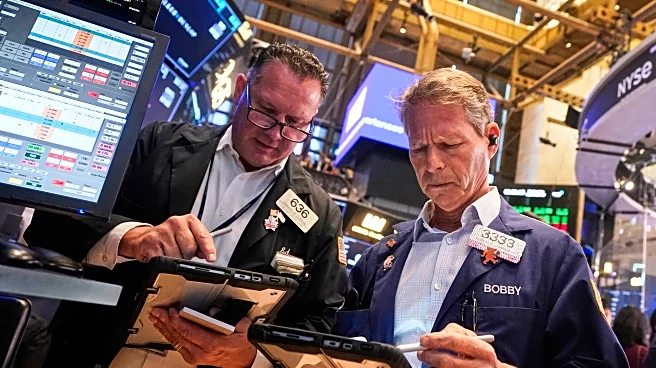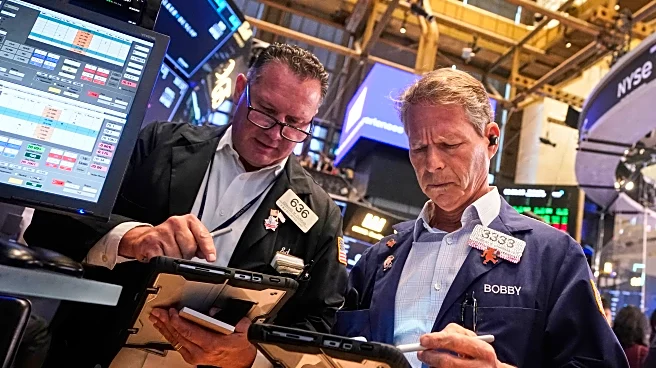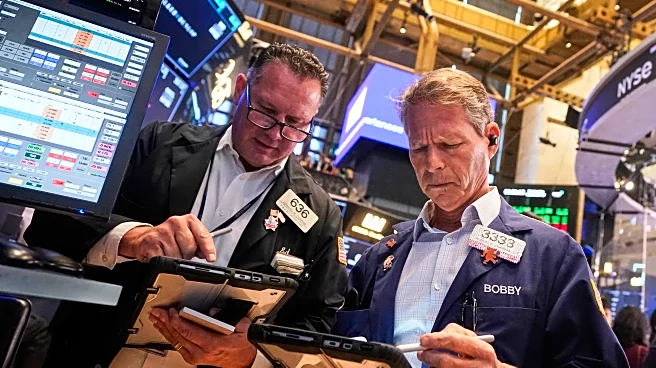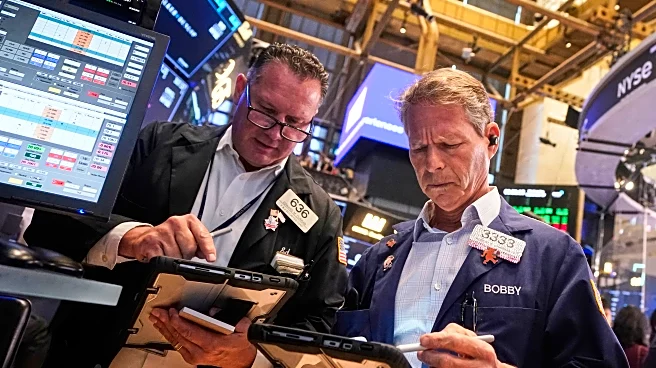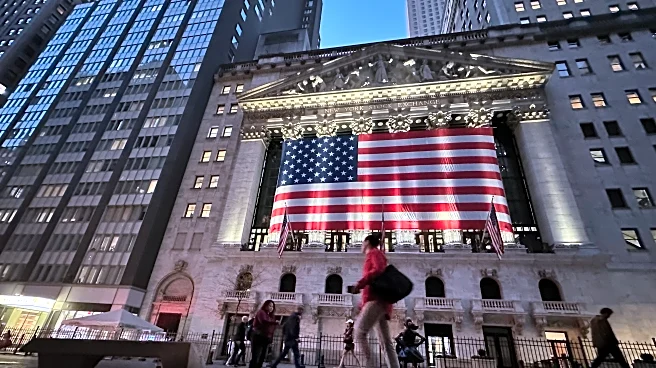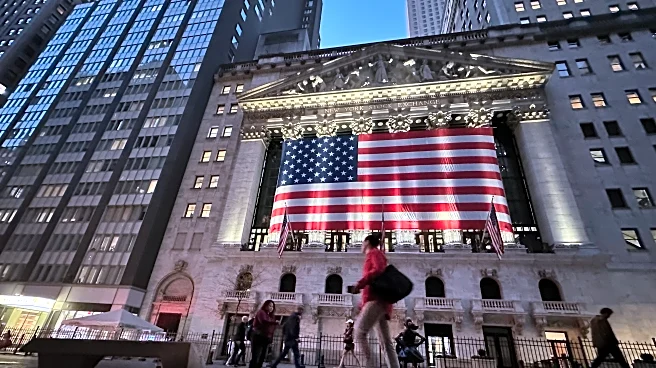Shares were mostly higher Monday in Europe and Asia after Wall Street broke its three-day losing streak, trimming its losses for last week.
China factory data are due out on Tuesday and a quarterly business sentiment survey by the Bank of Japan comes on Wednesday.
The next big event for Wall Street could be a looming shutdown of the U.S. government, with a deadline set for this week. But such political impasses have had limited impact on the market
before.
U.S. jobs data also will be in the spotlight.
The future for the S&P 500 was up 0.5% while that for the Dow Jones Industrial Average rose 0.4%.
In Germany, the DAX edged 0.2% higher to 23,795.28, while the CAC 40 in Paris also rose 0.2% to 7,885.82. Britain's FTSE picked up 0.5% to 9,328.70.
In Asian trading, Tokyo’s Nikkei 225 was the regional outlier, giving up 0.7% to 45,043.75.
Chinese markets advanced, with the Hang Seng in Hong Kong adding 0.9% to 26,622.88, while the Shanghai Composite index gained 0.9% to 3,862.53.
Australia's S&P/ASX 200 rose 0.9% to 8,862.80, while the Kospi in South Korea surged 1.3% to 3,431.21.
On Friday, U.S. stocks trimmed their losses for the week after a report showed that inflation is behaving roughly as economists expected, even if it’s still high.
The S&P 500 rose 0.6% and the Dow industrials gained 0.7%. The Nasdaq composite added 0.4%. All three indexes pulled closer to the all-time highs they set at the start of the week.
Stocks got some help from the report showing inflation in the United States accelerated to 2.7% last month from 2.6% in July, according to the measure of prices that the Federal Reserve likes to use. While that’s above the Fed’s 2% target, it was precisely what economists had forecast.
That offered some hope that the Fed could continue cutting interest rates in order to give the economy a boost. Without such cuts, growing criticism that stock prices have become too expensive by rising too quickly would become even more powerful.
The Fed just delivered its first rate cut of the year last week but is not promising more because they could worsen inflation.
Another report said sentiment among U.S. consumers was weaker than economists expected. The survey from the University of Michigan said consumers are frustrated with high prices, but their expectations for inflation over the coming 12 months also ticked down to 4.7% from 4.8%.
One factor threatening to push inflation higher, adding to consumer woes, is President Donald Trump’s tariffs, and he announced more late Thursday. They include taxes on imports of some pharmaceutical drugs, kitchen cabinets and bathroom vanities, upholstered furniture and heavy trucks starting on Oct. 1.
Details were sparse about the coming tariffs, as is often the case with Trump’s pronouncements on his social media network. That left analysts unsure of their ultimate effects, and the announcement created ripples in the U.S. stock market instead of huge waves.
Paccar, the company based in Bellevue, Washington, that’s behind the market-dominant Peterbilt and Kenworth truck brands, revved 5.2% higher, for example.
Big U.S. pharmaceutical companies nudged higher. Eli Lilly rose 1.4%, and Pfizer added 0.7%.
In other trading early Monday, U.S. benchmark crude oil lost 87 cents to $64.85 per barrel. Brent crude, the international standard, declined 80 cents to $68.42 per barrel.
Reports that the OPEC plus oil producing nations might raise their production limits next month have added to worries over oversupply, analysts said.
The U.S. dollar slipped to 148.50 Japanese yen from 149.51 yen. The euro rose to $1.1725 from $1.1703.
